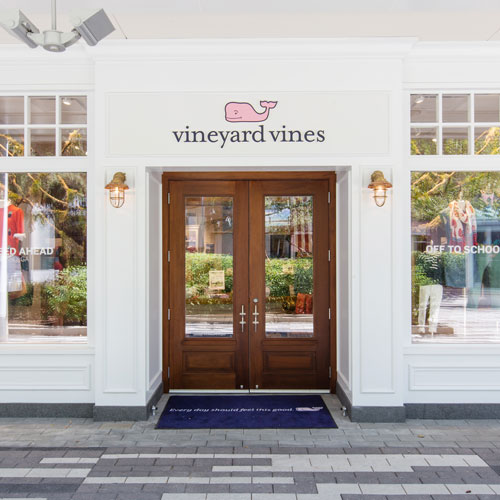Banking executives around the world awoke to major news on January 22, 2015. Royal Bank of Canada announced its plans to acquire City National Bank (CNB) in a deal that was worth $5.4 billion. Although the merger may seem routine, it gave Canada’s largest bank a significant opening into private and commercial banking in the United States.
Harry F. Topping, Jr. joined CNB in 1996 and today serves as the organization’s senior vice president and manager of corporate real estate. After helping the bank expand from southern California into strategic hubs such as northern California, Nashville, Atlanta, and New York (where Topping helped plan two major Manhattan offices), he says the organization was in the right position to accept Royal Bank’s offer.
“CNB avoided mistakes associated with the recession and has been profitable in every quarter for the past 22 years,” he says. “This union is an opportunity for Royal Bank to bring basic products like checking accounts and mortgages to their extensive network of wealth management clients in the United States, and it’s a good opportunity for us to grow.” He adds that City National Bank will continue to operate under its current name.
Backed by the bigger balance sheet of one of the world’s largest banks, City National expects its growth to accelerate. Royal Bank has more than 60 real estate professionals compared to Topping’s original team of four. Before the merger, both banks outsourced significant corporate real estate work to major corporate real estate service providers such as JLL and CBRE.
“The workforce is changing, and we recognize the need to change in step with it.”
Harry F. Topping Jr.
The merger enables Topping and his team to play at a new, bigger level. In 2013, company executives took the bank bicoastal. CNB took a page from Steve Jobs’ playbook and made investments based on the belief that good design drives good business. The bank hired AIA Gold Medal award-winning architects Bohlin, Cywinski, and Jackson to design a bank on Manhattan’s Sixth Avenue that features a limestone cantilevered staircase with no visible support, among many other forward-thinking contemporary features. More than half of Broadway’s theaters and shows bank there.
Next, CNB overhauled the client experience by filling branches and banking offices with high-end amenities and loads of technology. Bankers work in open-lit spaces, clutching iPads that display a suite of products and services for customers to review. Based on the success of the New York locations, CNB took its updated design standards to new and existing locations throughout the country.
More recently, CNB kicked off a major alternative workplace initiative that Topping says will help attract and retain bankers in an increasingly competitive and selective talent pool. Designs bring more workers out of private offices and into collaborative spaces that encourage interactions across various departments. In these new zones, tech teams and marketers will work together to take more transactions online using open workspaces and modern tools, such as videoconferencing. After completing a successful pilot program, Topping and his team plan to roll out the design to other locations.
Forecasting changes in the industry, in consumer behavior, and in employee expectations is difficult, but Topping stays on top of it all by focusing on communication.
“We have to get out there and talk to our business unit executives,” he says. “We have to ask the right questions to get the information we need to build creative and innovative solutions for whatever business need they have.”
Today, drop-in centers, hoteling stations, and free addressing—a technique used by CBRE and JLL in multiple offices worldwide—are all paying dividends as CNB’s free addressing eliminates regular, reserved workstations. Instead, colleagues log on daily to reserve a workspace before leaving home. Topping acknowledges that the company hasn’t yet fully embraced the idea, but says CBRE is a major influence. He predicts CNB will move to amenity-heavy spaces carrying around 1.25 people per seat in some locations in the “not too distant future.” The move will allow the bank to build collaborative space and replace outdated break rooms with more appealing, open workspaces.
“The workforce is changing, and we recognize the need to change in step with it,” Topping says.
One of the keys to CNB’s success lies in its ability to adapt. Topping and his team work with consultants to enhance occupancy, drive efficiencies, increase productivity, and accommodate growth.
“We highlight the connection between the space and the people, and we provide energizing experiences for all of our colleagues through great design,” he says.
For several years, Topping’s team has been working to understand where the business is going and then provides the necessary space to enable that vision. Now, after the Royal Bank merger, they’ll be doing more of the same on a much larger scale.
BEYOND BANKING
In 2015, Topping—a longtime advocate of sustainable design and construction principles—helped create City National’s first Corporate Social Responsibility report. While the bank was already active in LEED projects and emissions monitoring, the new initiative includes the following:
- Company and colleague giving
- Volunteerism
- Reduction in electricity, water, and natural gas consumption
- Financial literacy education
- Waste recycling
- Making buildings greener
- LEED certifications


